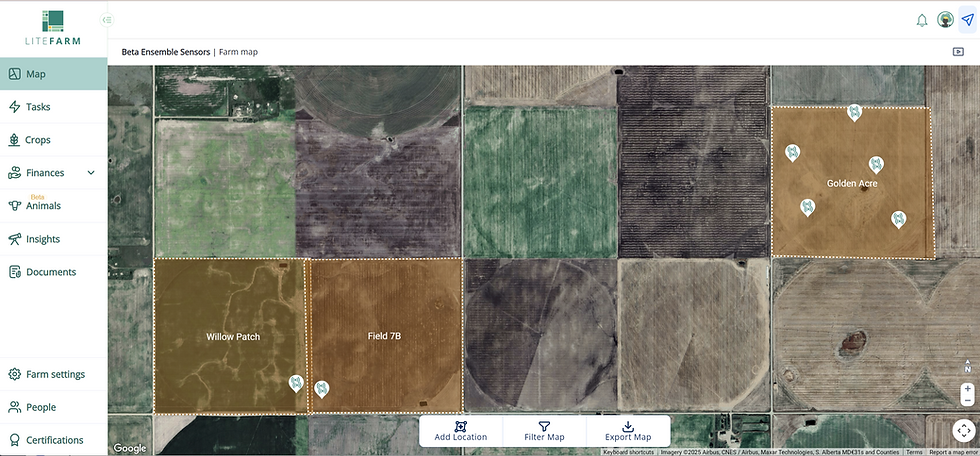Cultivars and varietals, whats the difference?
- Carolina di Lello
- Apr 13, 2023
- 2 min read
Updated: Mar 26
In our next release, LiteFarm will support a differentiation between cultivars and varietals in your crop catalogue. In preparation for this, we thought we'd take a moment to describe the differences between these two terms. After reading this article, hopefully you'll be able to quickly distinguish between the two.
So here we go....
Though commonly used interchangeably, variety and cultivar actually have slightly different meanings. Both are part of the scientific name. Both appear after the specific epithet (second term in a scientific name). Both refer to some unique characteristic of a plant. However, this is where the similarities end.
Varietals often occur in nature and most varietals are true to type. That means the seedlings grown from a variety will also have the same unique characteristic of the parent plant. For example, there is a white flowering redbud that was found in nature. Its scientific name is Cercis canadensis var. alba. The varietal term "alba" means white. If you were to germinate seed from this variety, most, if not all would also be white flowering.

Cultivars are not necessarily true to type. In fact the word cultivar is a contraction of "cultivated variety." Therefore, a cultivar was selected and cultivated by humans. Some cultivars originate as sports (mutations) on plants. Other cultivars could be hybrids of two plants. To propagate true-to-type clones, many cultivars must be propagated vegetatively through cuttings, grafting, and even tissue culture. Propagation by seed usually produces something different than the parent plant. Apples are a good example of this.
Varietals and cultivars also have different naming conventions. A variety is always written in lower case and italicized. It also often has the abbreviation "var." for variety preceding it. The first letter of a cultivar is capitalized and the term is never italicized, and can consist of more than one word. Cultivars are also surrounded by single quotation marks. They should never have double quotation marks or be preceded by the abbreviation "cv.". For an example of a cultivar of redbud, consider Cercis canadensis 'Forest Pansy' which has attractive dark purple spring foliage and pinkish-purple flowers. You'll see support for all of these conventions in LiteFarm starting in April 2023.
Can a plant have both a variety and a cultivar? Sure. One good example is Sunburst Honeylocust. Its scientific name is Gleditsia triacanthos var. inermis 'Sunburst'. The term inermis means without thorns and "Sunburst" refers to the bright golden spring leaf colour.

Not sure you'll remember this the next time you're adding a crop to your catalogue? Don't worry, LiteFarm will help you stick to the right conventions automatically. You'll also be able to upload different images for each of your varietals and cultivars, too.
Sources:



Comments